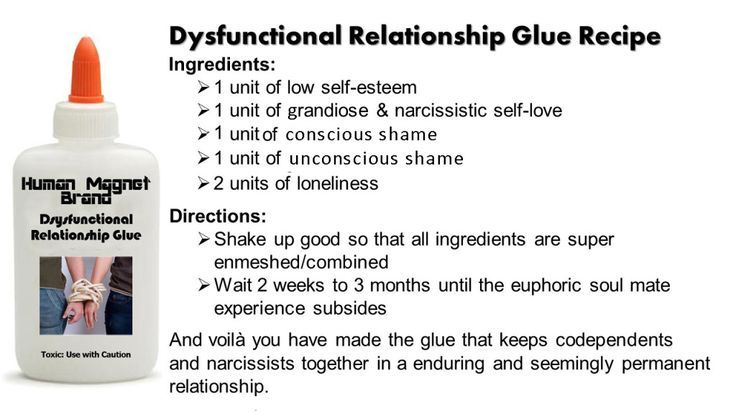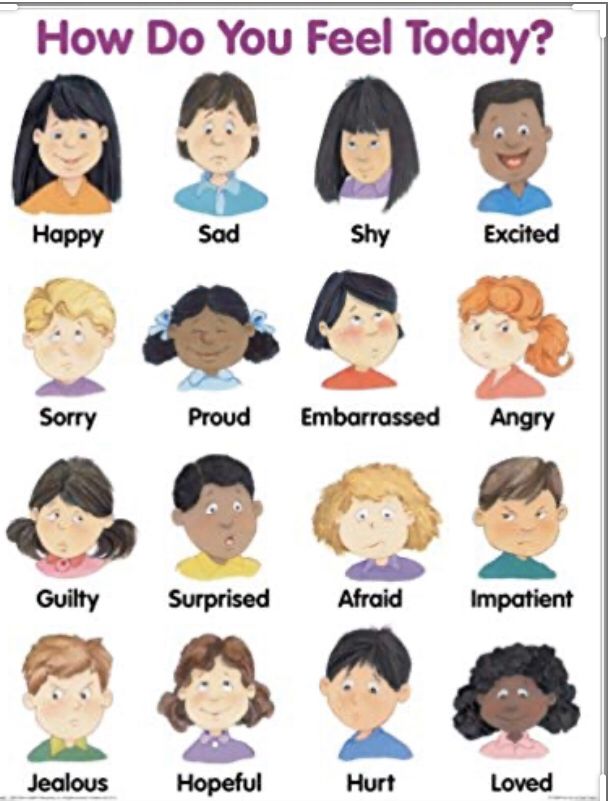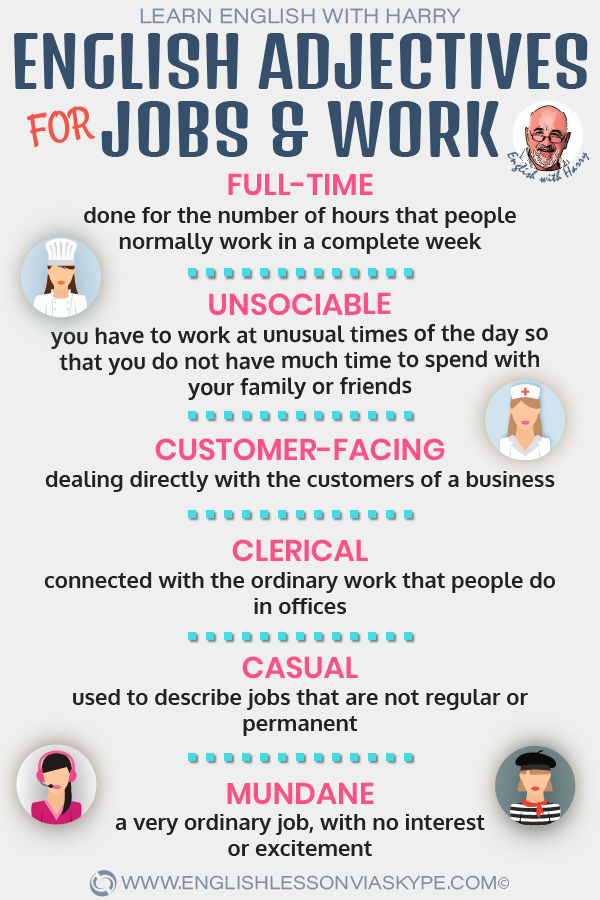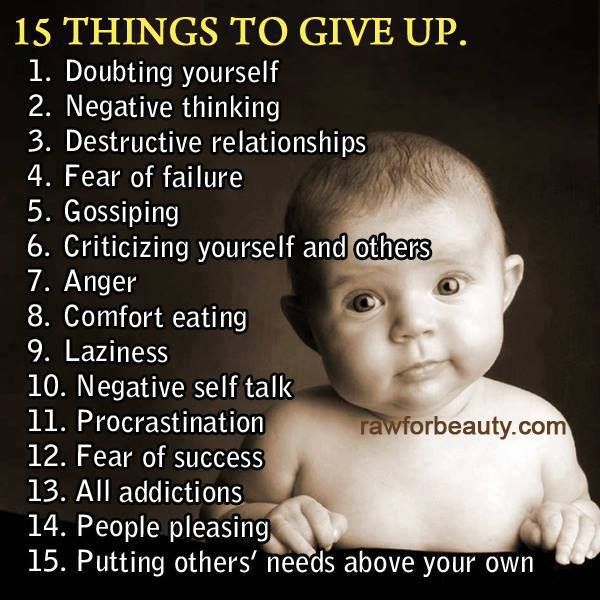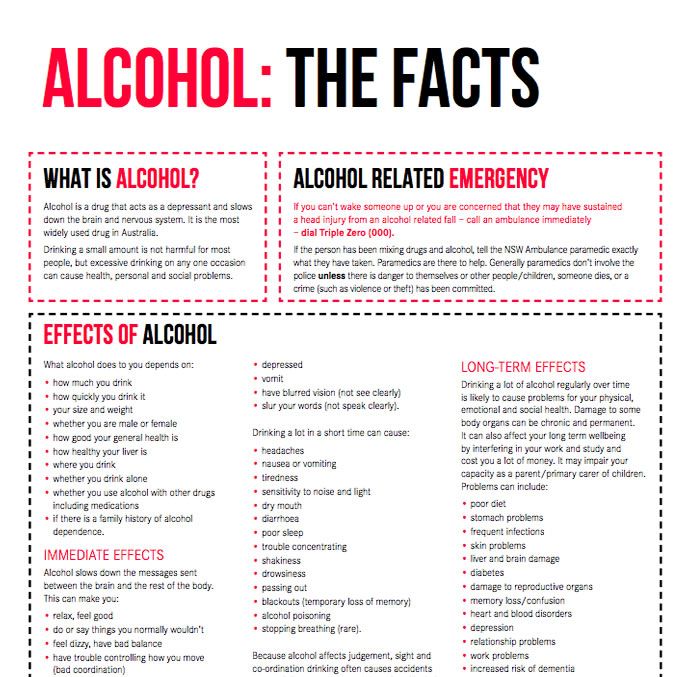Codependents attracted to narcissist
Narcissist and Codependent Compatibility in Relationships
The attraction between folks with narcissism and those with codependency can be appealing but could cause harm later on. Take heart — you can take preventive steps.
There is often an attraction between individuals with codependent tendencies and those with narcissistic tendencies.
Initially, a narcissistic personality can be attractive for their charisma and confidence, among other personal traits. A codependent person can come off at first as kind and selfless on top of other individual attractive traits.
This pair may connect for a variety of reasons, including the mutual need to feel needed. The codependent person tends to give continuously, while the narcissistic person tends to take. These two personalities have a lot in common, but their differences can make their relationship unhealthy or even toxic.
If you find that you have codependent tendencies and someone you care about has narcissistic tendencies, it could lead to an imbalance in the relationship. However, trying therapy and setting boundaries can help solve these concerns, perhaps even before they occur.
Being mindful is the first step toward a healthier relationship with both yourself and the person you care about.
If you have codependent tendencies, you might find yourself doing everything you can to please another person. A 2020 study that examined the lived experience of people with codependency found three significant themes present within these individuals:
- loss of sense of self
- pattern of imbalance in social, occupational, and emotional aspects of life
- problems attributed to parental abandonment or parental control in childhood
That loss of sense of self usually comes from not wanting to face criticism. In addition, you may consistently neglect your own needs due to a fear of abandonment stemming from your childhood.
Why people with narcissistic behaviors are attracted to you
If you have codependent tendencies, people with narcissistic behaviors can be attracted to you for reasons including your people-pleasing behaviors.
Research from 2020 that examined living with narcissistic personality disorder found several patterns, including:
- grandiosity
- vulnerability
- perfectionism
People with symptoms of narcissism rely on other people for their self-esteem and self-worth. They might feel down or depressed if they don’t feel like they’re being admired and praised. They might also rely on other people to feel worthy and loved.
Narcissism is different from other disorders because most of the traits are acted upon or solicited from others. In other words, it typically requires a “subject” rather than something that happens when you’re on your own.
For example, a narcissistic partner can:
- devalue others in their relationships
- need to feel more special than or sometimes superior to others
- want to feel important, praised, and admired without offering others the same praise
- use someone in their family as a scapegoat
- use tactics when angry or feeling cornered such as gaslighting or narcissistic projection
Eventually, the exaggeration of their self-importance can spur folks with narcissism to take and take, without giving anything in return. And this often causes harm to their partners.
And this often causes harm to their partners.
You may be wondering whether you have codependent or narcissistic leanings.
Although codependency has changed definitions over time, Mental Health America (MHA) has identified common traits in codependent people, including:
- wanting to rescue other people
- doing more than you can handle for others
- needing recognition
- fearing abandonment
- placing responsibility for others’ actions on yourself
- depending on a relationship to an excessive degree
- feeling hurt when you aren’t recognized
- controlling others
- lacking trust
- trouble identifying feelings
- having difficulty with communication
- experiencing challenges dealing with change
- practicing dishonesty
- feeling indecision
- feeling a pervasive pattern of anger
If you recognize signs of codependency in yourself, know that it’s common, and unlearning codependence is possible.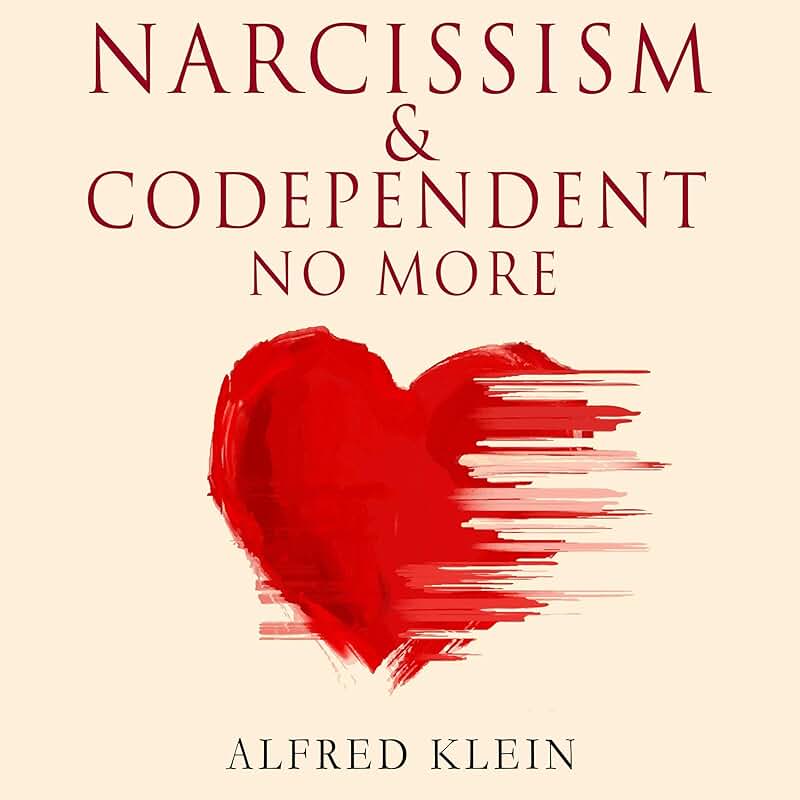 Setting boundaries and prioritizing yourself instead of consistently putting others first can be pivotal.
Setting boundaries and prioritizing yourself instead of consistently putting others first can be pivotal.
If you’re wondering if you have narcissism, there are some overarching characteristics of maladaptive narcissism that MHA identifies, including:
- fantasies of success and wealth
- pervasive pattern of attention-seeking behavior
- exploitation of personal relationships
- sensitivity to failure
- feelings of insecurity
- mood shifts
People with narcisissm can also be codependent
People who have narcissistic personality disorder (NPD) can also experience codependency, due to the attention they’re getting from their relationship. Since both conditions are rooted in an unhealthy reliance on other people, it’s common to have overlap.
Those with narcissistic traits may fear abandonment from others who give them praise and admiration and could feel lost without relying on another person for validation.
Both types of personalities in this pairing can feel secure when they feel needed.
Because people with narcissistic tendencies can fear abandonment, they often tend to seek out people who will stay close and constantly check in with them. Folks with NPD can feel most comfortable when they’re admired and given plenty of attention.
Folks with codependent characteristics often have a tendency to put others’ needs above their own. If you’re codependent, you may extend yourself above and beyond to please another person fearing criticism or similar feelings of abandonment.
At a glance
Share on Pinterest
If you find yourself in a partnership like this, it may work if both partners can begin the process of healing through therapy and self-reflection.
The lack of sense of self by both the person with narcissistic traits and the one with codependent traits could cause you to get lost in the relationship. This might not be the healthiest pairing without insights and improvements that can be achieved through talk therapy.
In other words, typically both people in this pairing have lost their sense of self due to poor boundaries. In a healthier pairing, the codependent person would set healthy boundaries and find their voice without relying on another person.
In a healthier pairing, the codependent person would set healthy boundaries and find their voice without relying on another person.
In an ideal scenario, likewise, the individual with narcissism would see how their behaviors have been detrimental to their relationships through therapy. But, as one researcher opines, often folks with narcissism don’t take introspection as an opportunity to heal, only modify their behaviors temporarily.
Individuals with codependent and narcissistic traits have a lot in common and may be attracted to each other for various reasons. The giver-and-taker relationship can be very unhealthy for all parties involved if not balanced by:
- psychotherapy
- boundaries
- medication, for diagnosed conditions
There is help available if you find that you have codependent tendencies. Codependents Anonymous offers support worldwide.
Treatment for narcissistic personality disorder, such as cognitive-behavioral therapy and psychodynamic psychotherapy, can help.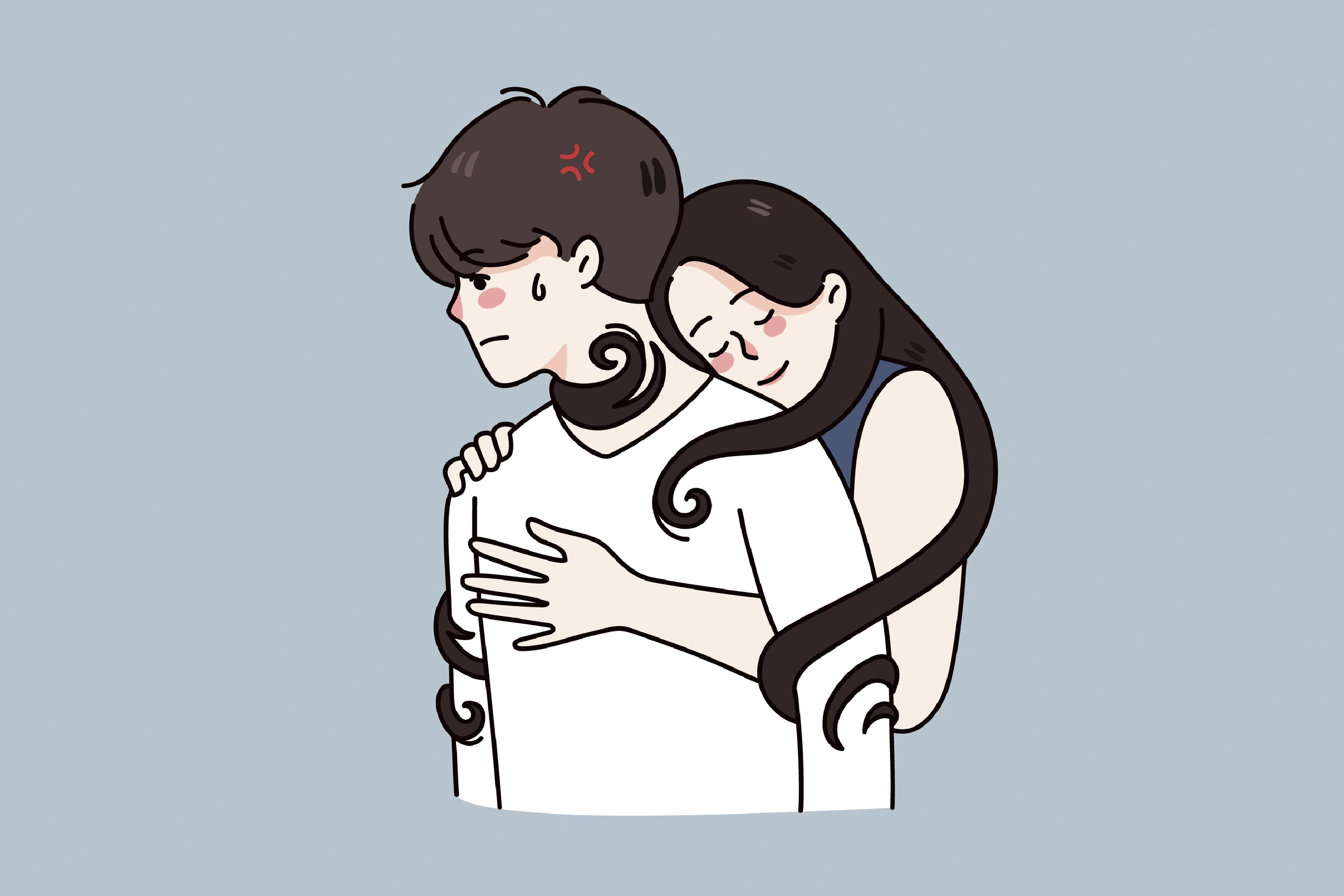 The important thing is sticking with it, because maximum benefit is seen in the long term.
The important thing is sticking with it, because maximum benefit is seen in the long term.
If you want to manage your narcissistic tendencies, you may also consider checking out Project Air for education and peer support to deal with your personality disorder.
No matter which side of this duo you find yourself on, you can form healthier relationships with yourself and others.
Why Codependents & Narcissists Get Together... and Why It Goes So Wrong — Ashleigh Lamberti
The terms codependency and narcissism get thrown around a lot, even when people don’t necessarily understand what they really mean. At their core, these two ways of interacting with other people are about as opposite from each other as they can be.
Neither codependency nor narcissism are healthy, productive ways of navigating relationships and the world. Unfortunately, the two personality types can be the “perfect” match when it comes to dysfunction and romantic relationships.
What is Codependency?
The concept of codependency began many decades ago. It initially described a person with a family member who had an addiction. The non-addict, or codependent person, would avoid upsetting their addicted loved ones because they were afraid to upset the relationship.
It initially described a person with a family member who had an addiction. The non-addict, or codependent person, would avoid upsetting their addicted loved ones because they were afraid to upset the relationship.
The understanding of codependency eventually grew into what it is today. It describes a person who is overly eager to please other people. In fact, they will go way out of their way to avoid upsetting others or challenging things that make them uncomfortable.
Codependency is usually a learned attachment style formed during childhood.
What is Narcissism?
As you can probably guess, narcissism is the opposite of codependency. A narcissist believes the world should revolve around them and their needs. They have a heightened sense of their own abilities, believing that they are better than everyone else.
Narcissists typically lack empathy. The interests, goals, and emotional needs of other people don’t cross their radar, or if they do, they’re immediately dismissed. Life is about them.
Life is about them.
What Codependents “Need”
Because of their deep-seated fear of disappointing others, codependents gravitate toward controlling partners. Of course, they don’t realize this when it happens. But they are so accustomed to denying their own needs and interests for others that it almost becomes a law of natural attraction. They can’t imagine any other type of relationship.
What Narcissists “Need”
Narcissists thrive on attention and praise from others. When they date people who won’t put up with their pride and self-centeredness, narcissists get offended. Clearly, this other person doesn’t understand how important they are, the narcissist thinks.
So, again, following this law of natural attraction, narcissists are drawn to people with codependent issues. A narcissist seeks someone who will avoid upsetting them, who won’t argue with them.
When It Goes Wrong
When you take two unhealthy styles of interaction and add them together, something is bound to go wrong with time. The narcissist may take offense at even innocent actions or come to believe that the codependent isn’t good enough for them.
The narcissist may take offense at even innocent actions or come to believe that the codependent isn’t good enough for them.
Codependents often internalize their emotional pain, but eventually, it will come to the surface and wreak havoc on a relationship.
Getting Help
Even though codependents may be thought of as emotionally weaker than a narcissist, the fact is that it’s easier for them to grow and change than a narcissist is. Codependency in and of itself is not a mental illness or a diagnosis. Rather, it’s a learned way of being that can be unlearned through therapy and self-compassion.
Narcissism, unfortunately, can be an actual diagnosis of a personality disorder. (Of course, some people are just more self-centered than others and aren’t necessarily true narcissists). Overcoming narcissism is more difficult than overcoming codependency.
If you recognize yourself and your romantic relationship in these descriptions, it’s important to take careful stock of your life and what you want from it. You deserve a healthy relationship that thrives on mutual respect, not emotional manipulation.
You deserve a healthy relationship that thrives on mutual respect, not emotional manipulation.
If you’re reading this and suspect you struggle with codependency, consider reaching out for help from a counselor. Likewise, if you’re the rare person who can admit they may be narcissistic, also reach out for help.
You can seek help for your relationship as well as seek help to overcome your own issues. Whether you do one or both, you’ll prepare yourself for a healthier future.
If you think codependency is an issue in your life and are ready to look deeper, I encourage you to read more about codependency therapy and reach out to my office for support and an initial consultation.
don't dance!, Psychology - Gestalt Club
Codependency: don't dance!
- Article Author: Ross Rosenberg
The inherently dysfunctional “codependency dance” requires two polar but well-balanced partners: lost/savior (codependent) or recipient/donor (narcissist/addict).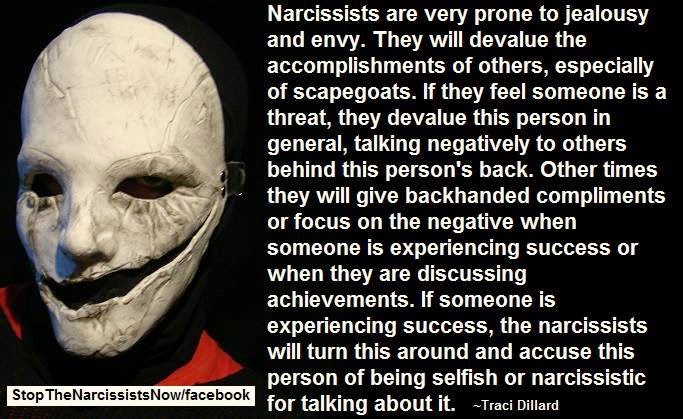 Codependents surrender, sacrifice themselves, are consumed needs and desires of others, do not know how emotionally fence off or avoid romantic relationships with narcissistic people - selfish, selfish, controlling and harmful to them. On the dance floor, codependents usually attract partners for whom they are the perfect complement to their unique passive, submissive and accommodating style of dance.
Codependents surrender, sacrifice themselves, are consumed needs and desires of others, do not know how emotionally fence off or avoid romantic relationships with narcissistic people - selfish, selfish, controlling and harmful to them. On the dance floor, codependents usually attract partners for whom they are the perfect complement to their unique passive, submissive and accommodating style of dance.
As a natural continuation of the relationship, in the “dance” codependents - passive and adaptive partners. Codependents believe daffodils are very attractive because they like charming, bold, confident and powerful personalities. When codependent and narcissist make a couple, their dance is ignited excitement - at least in the beginning.
After a few “compositions”, an exciting and exciting character dance invariably transforms into drama, confrontation, ignoring and hopelessness. Despite chaos and conflict, neither of the two charmed dancers dare not end the partnership.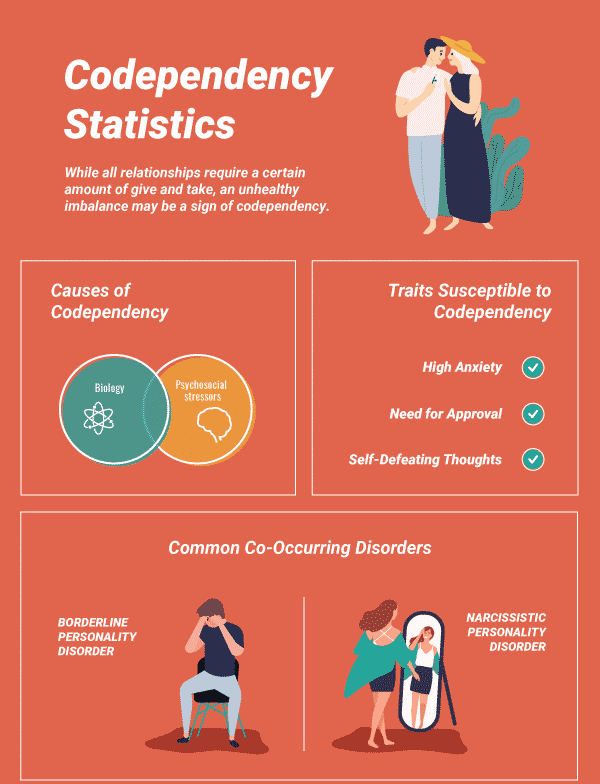
Despite the turbulent and conflict-filled nature relationships, both opposite, but dysfunctionally compatible partners are forced to “freeze in dance."
When a codependent and a narcissist come together in a relationship, the dance unfolds flawlessly: the narcissist leads, the codependent follows behind him. The roles seem natural, because all life; codependent reflexively throws power over himself, and as the narcissist thrives on control and power, the dance is perfectly coordinated. Nobody steps on anyone's toes.
As a rule, codependents themselves give much more than partners they are returned. It seems that the “generous”, but sad partner frozen on the dance floor waiting for the “next song” in naive hope, that their partner narcissist will finally understand his needs. Codependents confuse wariness and sacrifice with attachment and love. Though they pride themselves on their selfless devotion to the person they love, they end up feeling undervalued and used. Codependents really want to be loved ones, but in their choice they try to embody unrealized dreams. Dreams do not come true, and co-dependent silently and bitterly swallow their own misfortunes.
Codependents really want to be loved ones, but in their choice they try to embody unrealized dreams. Dreams do not come true, and co-dependent silently and bitterly swallow their own misfortunes.
Co-dependents are essentially stuck in a give-and-sacrifice pattern with no the prospect of ever getting the same from a partner. They make the appearance that the dance brings them pleasure, but in fact they overwhelmed with feelings of anger, bitterness and sadness because they are not take an active part in the dance. They are convinced that they will never will not find a dance partner who will love them the way they are. they are, and not because they can do something for him. Low self-esteem and pessimism manifest as learned helplessness, which ultimately holds them on the dance floor in an embrace narcissistic partner.
A narcissist, like a co-dependent, is attracted to a partner because of to which he feels great: the codependent allows him to lead himself in the dance, making the narcissist feel powerful, competent and valuable.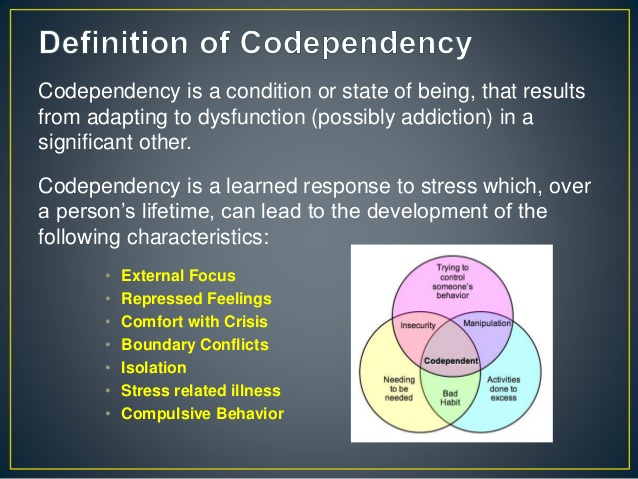 In other words, the narcissist feels more comfortable compared to its companion, which allows the narcissist to embody themselves in a bold, selfish and self-absorbed style joint dance. Daffodils dancers can lead the way because they always find partners who have low self-esteem, lack of self-esteem and self-confidence - codependents. With such a well-chosen companion, they are able to control both the dancer and the dance.
In other words, the narcissist feels more comfortable compared to its companion, which allows the narcissist to embody themselves in a bold, selfish and self-absorbed style joint dance. Daffodils dancers can lead the way because they always find partners who have low self-esteem, lack of self-esteem and self-confidence - codependents. With such a well-chosen companion, they are able to control both the dancer and the dance.
Although all codependent dancers desire harmony and balance, they constantly sabotage themselves by choosing a partner who at first attractive, but ultimately falls short of expectations. When there is a chance to stop dancing with a daffodil and sit in comfort, wait for an invitation from a healthy person, they usually decide to continue their dysfunctional dance. They are not dare to leave their narcissistic partner because low self-esteem and lack of self-esteem make them feel like they don't deserve better. stay without a partner for them is equivalent to feeling lonely, and loneliness it is simply unbearable for them.
Without self-esteem or self-power, the codependent is unable to to choosing mutually giving and unconditionally loving partners. Their choice narcissistic dance partner is associated with unconscious motivation meet a familiar type of person - someone who reminds them of their a powerless and possibly traumatic childhood. Unfortunately, the most it is likely that codependents are children of parents who also impeccably danced a dysfunctional dance codependency/narcissism. Fear of being alone the need to control and save at any cost, adapted them to the role of a martyr, infinitely loving, selfless and patient, and are an extension of the desire to be loved, encouraged and took care of them like a child.
Although codependents dream of dancing with unconditionally loving and host partner, they are subject to their own dysfunctional fate. Until they decide to heal psychological wounds, because they are the ones that force you to reliably maintain a ragged and rhythmic dysfunctional dance with narcissistic partners.
With the help of psychotherapy, the codependent can finally confess to himself that his dream is to dance the great dance of love, mutual assistance and reciprocity is actually feasible. Through Therapy and lifestyle changes codependents can build (repair) his tattered self-esteem. The path of healing and transformation will lead them to a sense of personal strength and effectiveness that will awaken, finally, the desire to dance with someone who is ready and able to share leadership, consistency in movement and leads to mutually loving rhythmic dance.
tags: narcissistcodependent relationshipcodependencyrelationship with narcissist
1
Like 1
1 3211 1
Complain
Your message
How do you attract narcissists into relationships? | Lifestyle
The theme of narcissism is often a part of codependent relationships. The narcissistic personality is only capable of building toxic and dependent relationships. This is a very complex and painful relationship, it is not easy to get out of them, and the consequences have to be raked in the psychologist's office.
The narcissistic personality is only capable of building toxic and dependent relationships. This is a very complex and painful relationship, it is not easy to get out of them, and the consequences have to be raked in the psychologist's office.
The theme of narcissism is often a part of codependent relationships. The narcissistic personality is only capable of building toxic and dependent relationships. This is a very complex and painful relationship, it is not easy to get out of them, and the consequences have to be raked in the psychologist's office.
In this article, I have collected a few basic points so that you can diagnose yourself.
1. Low self-esteem.
People with low self-esteem are very attractive to manipulators and abusers, which is also a narcissist. It is the initially shaky self-worth that will allow the narcissist to treat you badly and he considers it. Rather, at first he will put you on a pedestal, but very quickly he will overthrow him.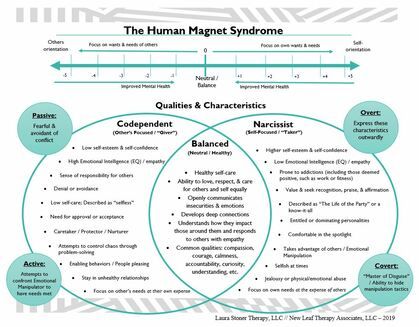 At this point, you will already be on the hook.
At this point, you will already be on the hook.
After the overthrow, the attitude towards you will change dramatically. You won't even understand why. And then the emotional abuse begins.
Usually very sophisticated, in which you will be to blame for everything that goes wrong in his life and in your relationship. Narcissists are very sophisticated at gaslighting. What is gaslighting, I wrote separately, I will repeat in the next posts. If at some point you decide to crawl out - not to leave, but to crawl out of this relationship, your self-esteem will be destroyed even more thoroughly than at the beginning of the relationship. It is restored, trust in people and relationships, most often later in support groups and the psychotherapist's office.
2. Blurred personal boundaries.
Another magnet for the daffodil. The blurrier your personal boundaries, the easier it is not only to penetrate through them, but also to stomp with tarpaulin boots on your territory. And you let him do it. The narcissist simply uses it, since it is “openly”. It is very important for him to trample on your territory. This destroys your “I” structure, and it is very easy to manage a broken person.
And you let him do it. The narcissist simply uses it, since it is “openly”. It is very important for him to trample on your territory. This destroys your “I” structure, and it is very easy to manage a broken person.
3. Codependent personality type.
I wrote a separate article on the types of co-dependent personalities and sent out checklists - how to check yourself. Who else needs it - I will throw off the information, leave comments and write private messages.
If you find yourself among people who are prone to co-dependent relationships (the majority of such people in our society - you are not alone and there is nothing to be ashamed of, you just need to start changing it), then be prepared that the narcissist also considers this very quickly, because he himself is capable of only to build dependent relationships. A holistic person with high self-esteem will not even arouse his interest. Not on the teeth.
4. Lovers of fairy tales.
If you have read and watched a lot of beautiful fairy tale books and films and really believe in fairy tale love, your chances again increase that you and the narcissist will be attracted to each other.
Remember the pedestal in the first paragraph? So at first, the narcissist will overwhelm you with compliments, admiration, delight, gifts and “love”, at this moment, you, as a dreamy nature, decide: “Here he is! I did not believe in vain that he would jump. Rides and adores me - my prince forever! This is a hook that you can fall for, blind yourself and overlook the mass of red flags yelling at you: “Open your eyes!”. Open your eyes, but already under a spiritual drip, with the thought "" when will this end?" ...
5. Fear of being alone.
If you are afraid of loneliness and feel inadequate if you do not have a partner, your chances of attracting a narcissistic partner are very high. You will subconsciously cling to him and broadcast that without him you are "nobody" - this is exactly the feeling that the narcissist feeds on.
6. Negative attitude towards oneself.
If you also verbalize your self-esteem, saying: “I'm not handsome.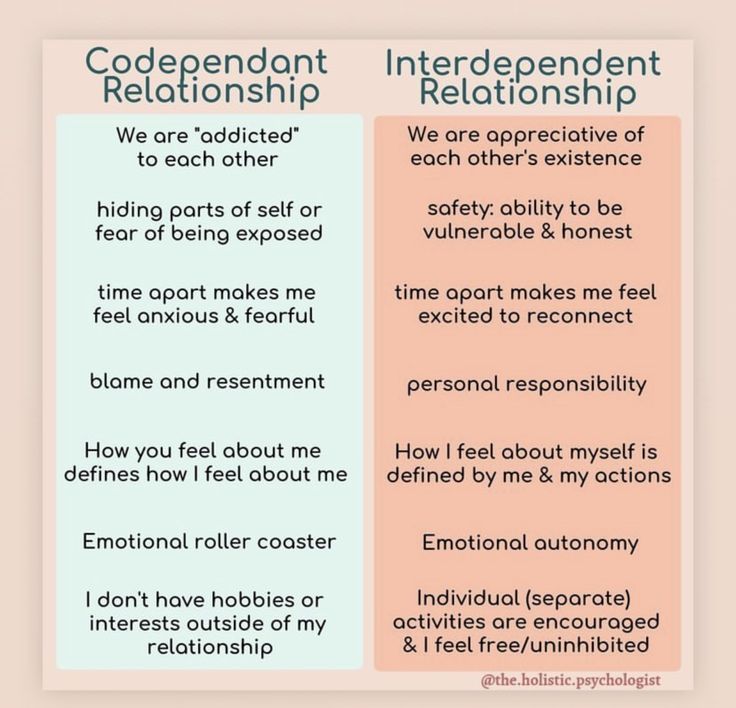 Nobody loves me.” The narcissist will not be able to resist you. In fact, this is his deep state. Despite external narcissism, the narcissist is very dissatisfied with himself - this time. And he does not believe that he can be loved - these are two. Complete match. But if you are nearby with such an installation, then it will be a little easier for him. Against the background of your self-abasement, he will feel that there is still someone worse.
Nobody loves me.” The narcissist will not be able to resist you. In fact, this is his deep state. Despite external narcissism, the narcissist is very dissatisfied with himself - this time. And he does not believe that he can be loved - these are two. Complete match. But if you are nearby with such an installation, then it will be a little easier for him. Against the background of your self-abasement, he will feel that there is still someone worse.
7. Child of narcissistic parents (or families of alcoholics).
This, alas, is always prehistory, which has already made a huge contribution to the development of the internal system of dependent relationships. Not only will the narcissist here be attracted to this inner matrix of yours, but you yourself will unconsciously gravitate toward such a relationship, hoping to finally lose this scenario and emerge victorious. Don't come out. The narcissist will still beat you. Because he is smarter and stronger.
So, these were the main magnets that attract narcissists into relationships.